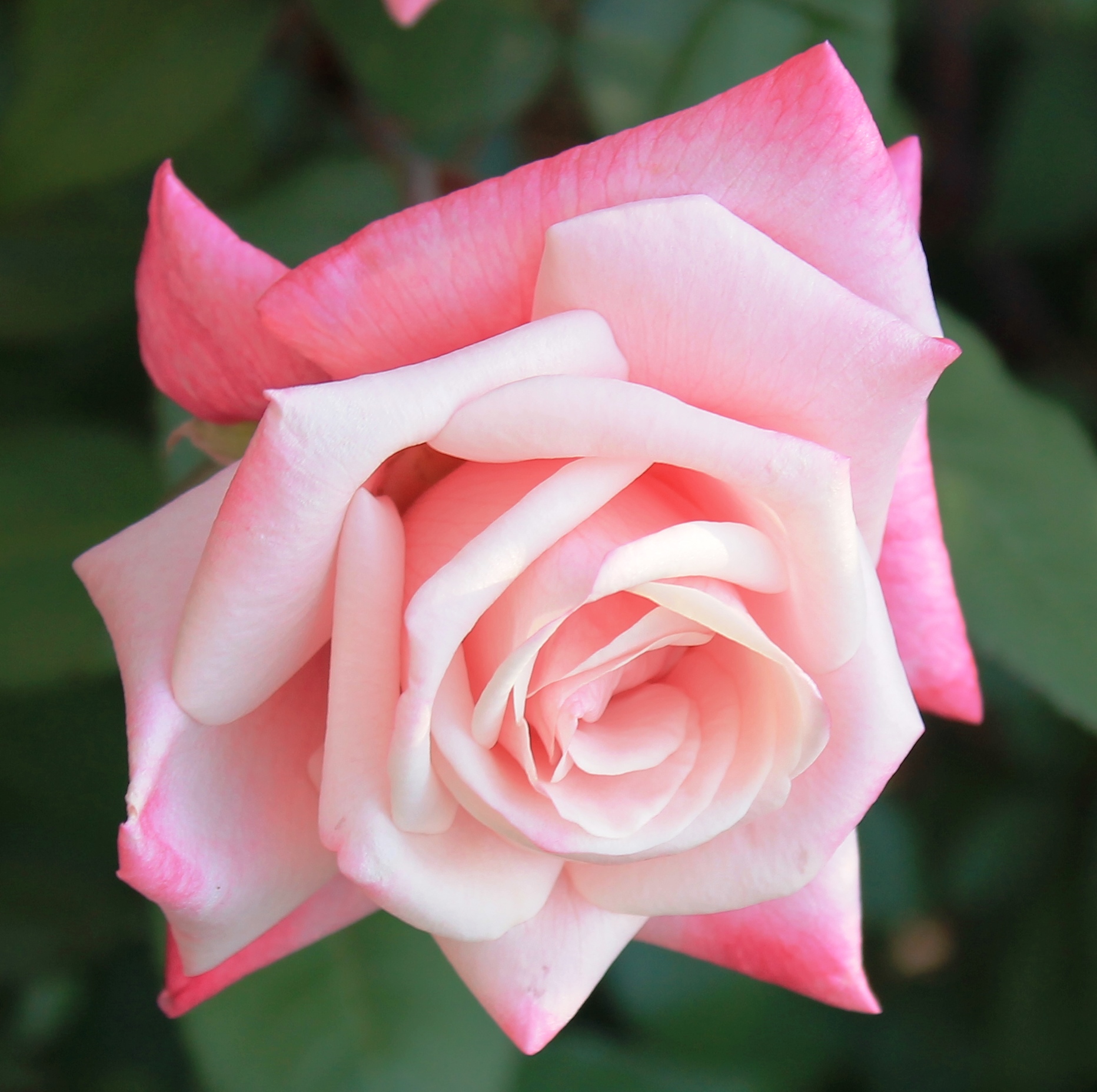
by Matthew Orwat | Aug 24, 2017
On Saturday, September 16th, 2017, from 9AM to 12PM, UF / IFAS Extension Washington County will be providing a rose gardening workshop for gardeners across the Panhandle. Many roses are hard to grow in the Florida Panhandle without investing considerable time and energy into spraying for insect and disease problems. This workshop will teach attendees how to select and sustainably grow roses adapted to the hot-humid conditions of the Southern Gulf Coast. There will be opportunities for outdoor learning and hands-on activities.
Topics include:
- Selection of disease resistant rose cultivars adapted to the lower South
- Resources to obtain hard to find easy care rose cultivars
- Soil and Nutrient Management
- Disease and insect management
- Irrigation
- Rose Propagation
Participants will be given the opportunity to propagate their own rose and take home their own propagation assembly to grow their own roses from scratch.
Refreshments will be provided and a door prize will be available.
Address: Washington County Ag Center Auditorium, 1424 Jackson Ave, Chipley FL 32428.
Pre Registration required for count: Contact Nikki or Cynthia at 850-638-6180 or email Matthew Orwat at mjorwat@ufl.edu
or register online at eventbrite HERE !
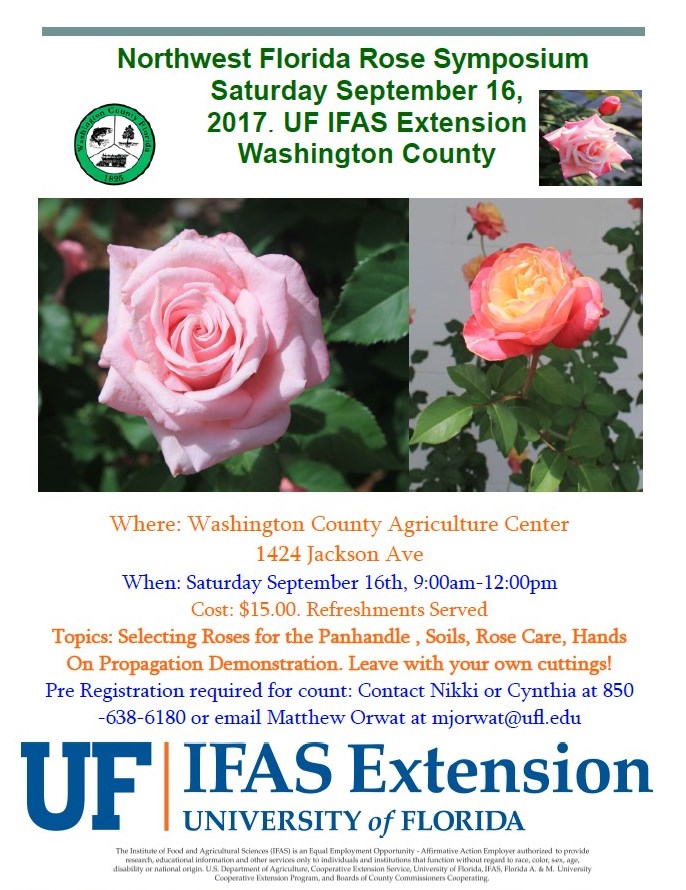
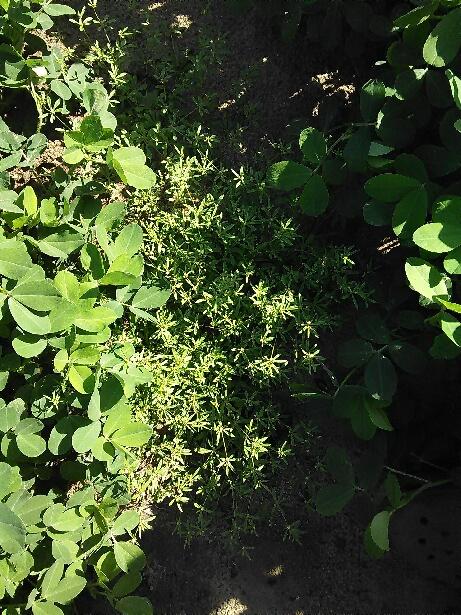
by Mark Tancig | Jul 5, 2016

When you don’t know what’s ailing your plant, ask an expert.
Many gardeners get stumped when a favorite plant of theirs comes down with a strange “something”. Many of these gardeners know about UF/IFAS Extension and call their local horticulture and agriculture agents for assistance in figuring out what’s going on. However, even these experts are often stumped by what they see. Fortunately, the agents have another layer of experts to fall back on. In addition to the resources in Gainesville, we have the Plant Disease Diagnostic Clinic, located at the North Florida Research Center in Quincy. Plant pathologists here can help determine what fungus, bacteria, virus, or viroid may be the problem.
Plant pathologists are basically plant doctors. They use all sorts of sophisticated techniques to determine what is the cause of a particular plant problem, from growing out fungal spores to examining DNA. Not only do these plant doctors tell us what the ailment is, they also provide recommended cures, or control options. They are also doing research to prevent different diseases from taking hold in our area and reduce the impact on our local growers.

Plant pathologist at work!
At a recent workshop in Quincy, we learned that plant pathology researchers are working on a fungus that affects watermelons, virus and bacteria that can wipe out a farmer’s tomato crop, and a virus that could impact our local roses. Working as a team of scientists, they study these pathogens in the lab and conduct controlled field experiments to figure out which techniques are most effective. Some of this research is leading to different methods and/or products that can help growers and gardeners alike keep their fields and landscapes healthy.
So, if your plants have problems, please contact your local Extension Office. If they don’t know the answer, then the network of scientists, including plant pathologists, in the UF/IFAS Extension family can be called on for backup to provide you with the best possible answer.
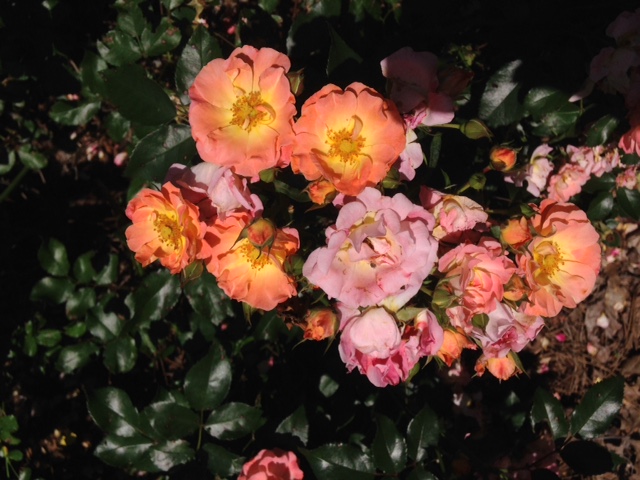
by Julie McConnell | May 6, 2015
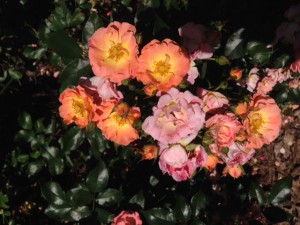
Peach Drift® Rose blooming in Quincy at the UF/IFAS NFREC Photo: J.McConnell, UF/IFAS
Growing roses in the South can have challenges and many gardeners think that they are just too high maintenance to plant. Plant developers are aware of this opinion and have worked to develop low maintenance roses that can make a novice gardener look like a pro.
The trend in horticulture is to develop and release plant series where closely related plants have similar characteristics but offer some diversity such as different flower color and size. A new series that is performing well in North Florida is Drift® Groundcover Roses. Available with flower colors ranging from white, yellow, pink, apricot, to red. All exhibit a low growing habit and will remain under three feet tall and spread up to four feet wide. Flowers are born in dense clusters for most of the year, only taking a break in the winter months.
Although not completely disease free, these roses do show resistance to rust, powdery mildew, and black spot which are common problems with roses. Deadheading is not necessary, but can be done to increase bloom and keep plants looking tidy. One of the best characteristics of the Drift® Groundcover Rose series is that they don’t get very tall, so they fit in small spaces. If you are looking for incredible color in a sunny site with limited space give this series a try.
Although low maintenance, roses do still require some attention, for more information read Growing Roses in Florida.

by Taylor Vandiver | Feb 17, 2015
Valentine’s Day has come and gone. You were likely showered with gifts from loved ones; gifts covered in chocolate, gifts of the stuffed variety, and more than likely the kind covered in petals. And as you languish in the afterglow of affection it would be wise to remember that your bouquets will need to be shown some affection if you intend for them to remain beautiful.
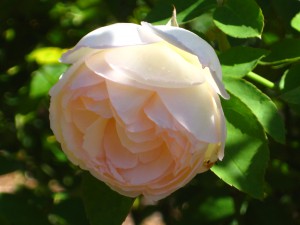
Duchesse de Brabant, Tea Rose. Photo Courtesy David Marshall.
Fresh cut flowers are a popular gift for Valentine’s Day and a simple, yet elegant way to relay your affections. Flowers have the capacity to brighten up a room and bring a smile to your face. The myriad of colors and scents are admittedly irresistible. However, after a few days your once overflowing vase may seem wilted and despondent. Follow these easy steps to increase the lifespan of your flowers and extend their potent powers!
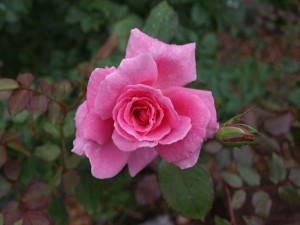
Carefree Beauty, Shrub Rose. Photo Courtesy David Marshall.
- Re-cut the flower stems using a sharp knife or shears. Remove at least one-half inch of stem to expose a fresh surface. Stems, especially rose stems, should be re-cut under water. A freshly cut stem absorbs water freely, so it is important to cut at a slant to avoid crushing the stem and to prevent a flat-cut end from resting on the bottom of the vase.
- Put flowers in water as soon as possible. Maximum water uptake occurs in the first 36 to 48 hours after cutting flowers. Place stems in 100-110°F (38-40°C) water, because warm water moves into the stem more quickly and easily than cold water.
- Make sure to remove any leaves from the stem that may be submerged. Because transpiration through leaves drives water flow up the stems of cut flowers, don’t strip all the leaves from the stem.
- Use a commercial flower food, they work best at controlling microbial populations, hydrating stems, and feeding flowers. Make sure you follow the directions on the floral preservative packet.
- Removing thorns from your roses may shorten their vase life. If damaged during the removal process flowers may be opened up to microbes that could slow down water conducting cells.
- If your vase solution begins to become cloudy, re-cut the stems and place into a new vase solution.
- Do not place flowers in direct sunlight, over a radiator, or on a television set. Heat reduces flower life since flower aging occurs more rapidly in high temperature conditions. It is important to avoid all drafty locations because warm or moving air removes water from flowers faster than it can be absorbed through the stems.
- Keep flowers away from cigarette smoke and ripening fruit, because they contain ethylene gas, which is harmful to flowers.
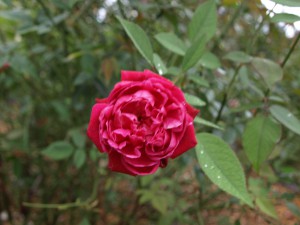
Louis Philippe, China Rose. Also known as the “old Florida rose” since it is found at many old historic Florida home sites and pioneer settlements. Photo Courtesy David Marshall.











